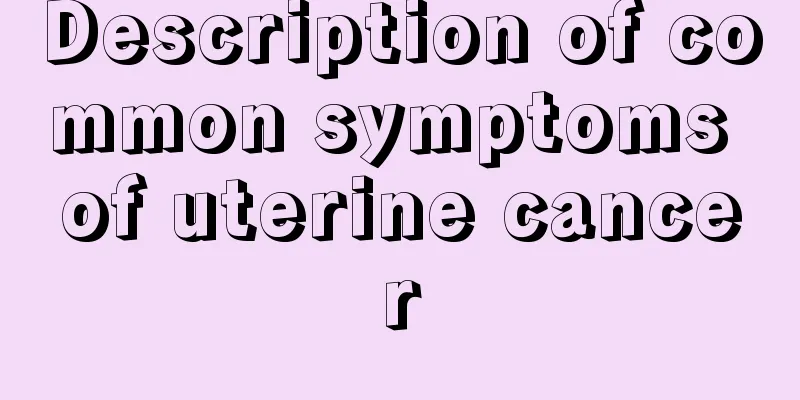The cause of constrictive pericarditis turns out to be this

|
As we all know, constrictive pericarditis is extremely harmful to human health. Therefore, it is particularly important to understand the cause of constrictive pericarditis and prevent it. So what are the causes of constrictive pericarditis in daily life? In fact, the occurrence of constrictive pericarditis is mainly caused by tuberculosis infection. 1. Causes The main cause of constrictive pericarditis is tuberculosis infection. Bacteriological and histological examinations confirmed tuberculosis in 30% of the lesions. In more than 50% of cases, the causative factor cannot be identified. However, in many cases, due to long-term anti-tuberculosis drug treatment, the evidence of tuberculosis lesions has disappeared when pericardial constriction occurs. Therefore, it is believed that most of these cases are tuberculous pericarditis, followed by suppurative infections. Traumatic and non-traumatic hemopericardium cause constrictive pericarditis in about 10% of cases. In recent years, the number of patients with this disease after cardiac surgery has increased.2. Pathology The main pathophysiological changes of constrictive pericarditis are that the constricted pericardium restricts the normal activity of the bilateral ventricles. In the early stage of the disease, the main manifestation is that the late ventricular diastole is restricted. As the disease progresses, the mid-diastole is also significantly affected. During left ventricular diastole, intraventricular pressure rises rapidly, blood return to the left and right ventricles is obstructed, and venous pressure increases, manifesting as distended neck veins, hepatomegaly, ascites, pleural effusion and generalized edema. A small number of patients may experience splenomegaly. Cardiac output is slightly lower than normal, and stroke volume is significantly reduced. During physical activity or in severe coarctation, cardiac output is maintained primarily by increasing heart rate. When annular narrowing occurs in the atrioventricular groove and the roots of large blood vessels, murmurs and signs of valvular dysfunction in the corresponding areas may occur. The disproportionate degree of ascites and peripheral edema is a major feature of this disease. The mechanisms of ascites are as follows: ① Obstructive congestion of the liver, obstruction of hepatic venous return; ② Pericardial adhesions on the diaphragmatic surface affect lymphatic return; ③ Decreased plasma albumin. |
<<: How urinary stones are formed is actually related to these factors
>>: What is pericarditis? The causes are these
Recommend
Treatment methods for acne, Chinese medicine acne treatment method
Acne is also known as acne or blackheads. It is a...
What causes skin fibroma?
The formation of skin fibroma may be related to g...
What should I do if I am obese due to qi deficiency
In addition to affecting health, qi deficiency ca...
What are the key points in nursing for small cell lung cancer
What are the key points of nursing for small cell...
Is there any example of brain cancer being cured?
People are very sorry to hear that someone has a ...
What are the sequelae of colorectal cancer
Colorectal cancer is a common malignant tumor dis...
How long does it take to recover after kidney resection for renal hamartoma
Renal hamartoma is a benign tumor composed of abn...
Did the physical examination reveal that lung cancer is hereditary? How to better prevent lung cancer?
Nowadays, it is very common for men to smoke and ...
Nausea and vomiting after scraping
Gua Sha is a common health-preserving method in l...
How do you get bladder cancer? Long-term smokers are more susceptible to bladder cancer
The causes of bladder cancer are very complex and...
Seven-day fasting therapy
Fasting means abstaining from food, which also is...
Can early cervical cancer be treated?
Cervical cancer is the most common gynecological ...
What should you eat for early stage lung cancer? Four dietary taboos for early stage lung cancer should be remembered
For patients with early lung cancer, in addition ...
How much does it cost to treat advanced cervical cancer
How much does it cost to treat cervical cancer? C...
What does post-urinary residual mean
The food we eat every day will produce a certain ...









